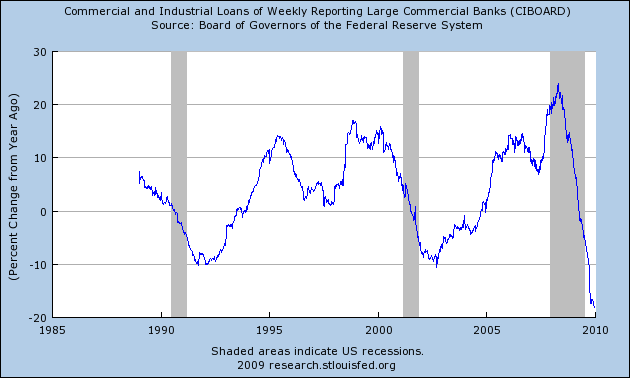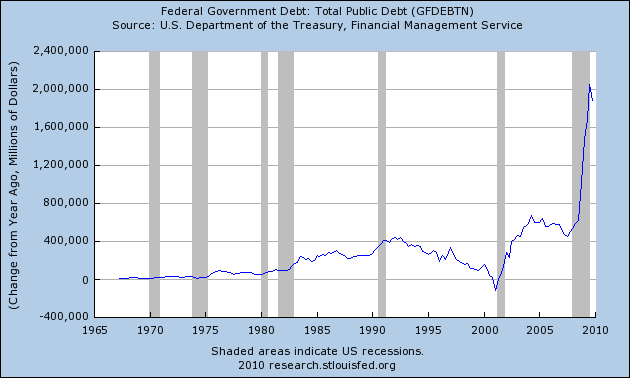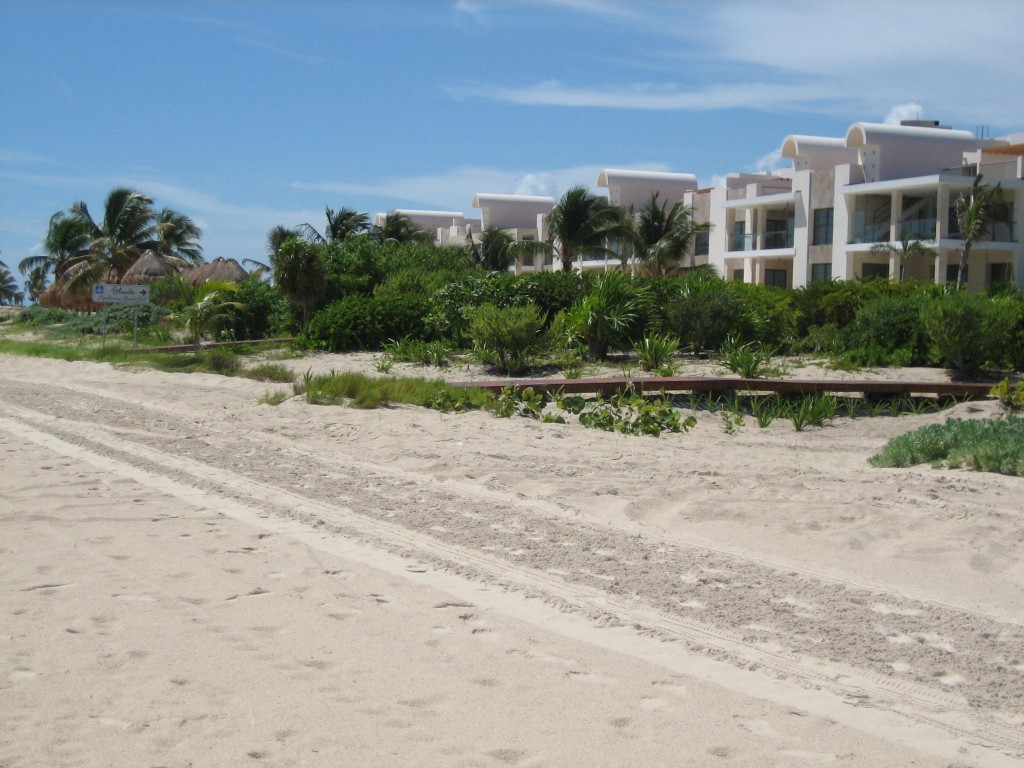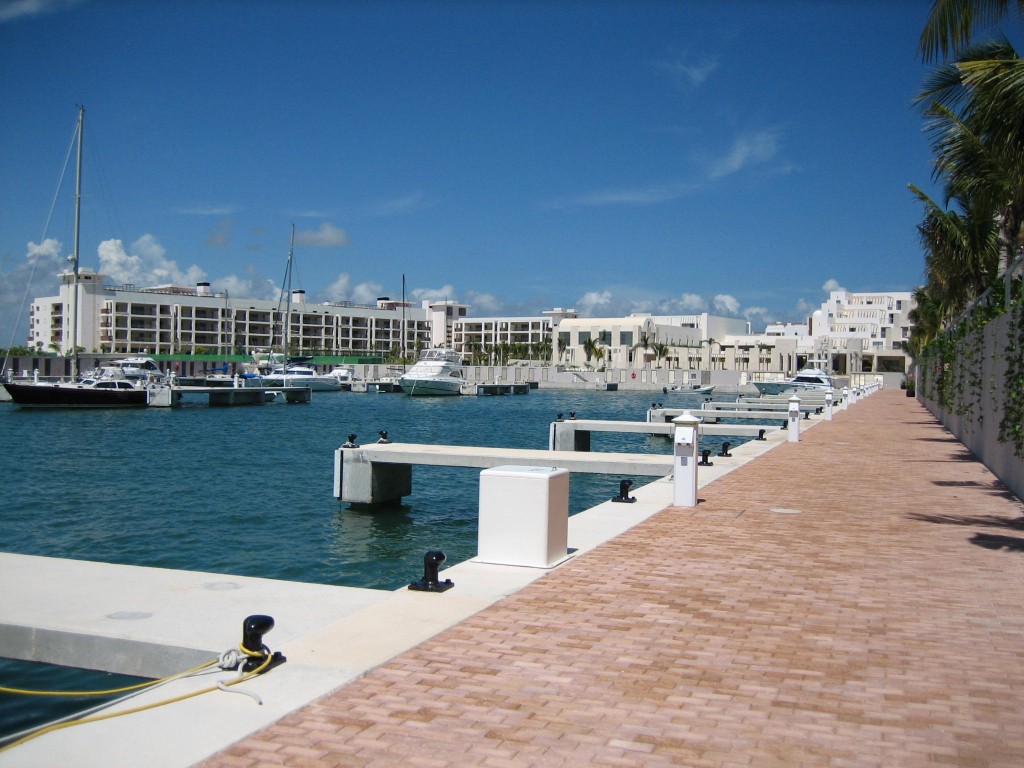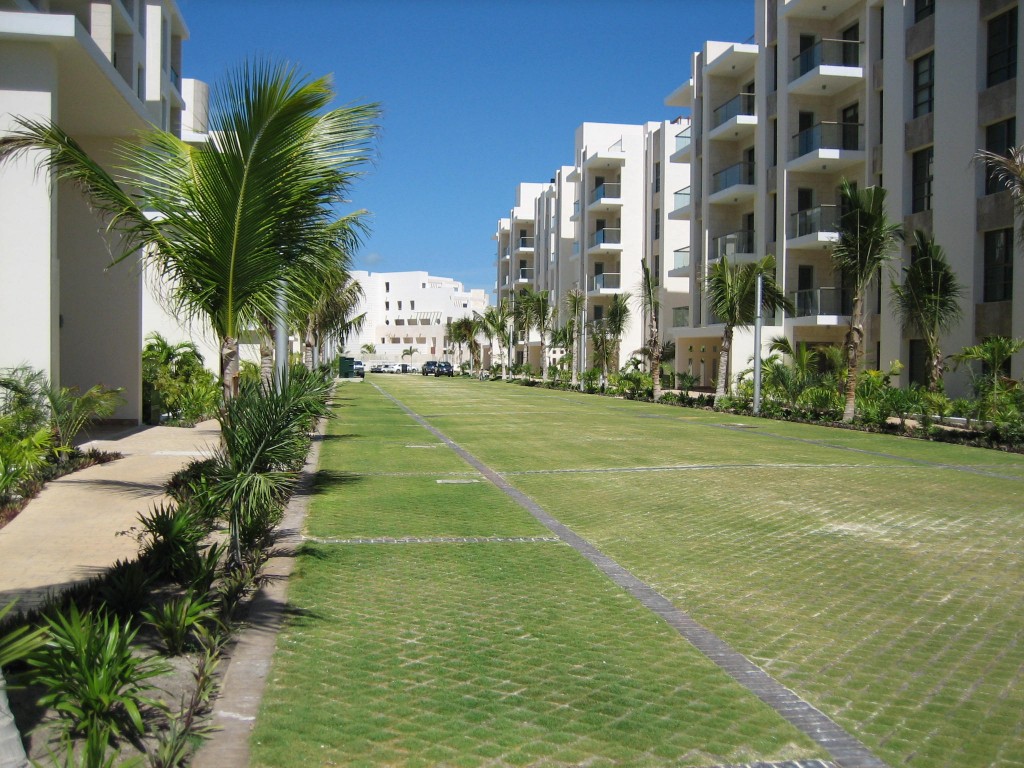As if creditors didn’t have enough worries with nonperforming consumer debt and defaulting real estate mortgages, it now appears that another wave of debt defaults has started – this time by municipal borrowers.
Consider the City of Buena Vista, Virginia, that recently defaulted on a bond payment due July 15th:
WSJ– Buena Vista, Va., borrowed $9.2 million through a bond offering in 2005 to refinance a municipal golf course. It pledged as collateral, of all things, its City Hall and police station.
Now, amid financial difficulties, the city says it can’t pay its debt, triggering a showdown over these public buildings.
On the other side of the battle is a big New York insurance company, ACA Financial Guaranty Corp., which is obligated to pay bondholders if the city defaults.
Municipalities across the U.S. are struggling with huge debts and shrinking revenue, making them vulnerable to similar situations. Harrisburg, the capital of Pennsylvania, is publicly flirting with bankruptcy. And when Central Falls, R.I., couldn’t pay its debt recently, it handed its finances to a receiver.
ACA Financial insured the $9.2 million “moral obligation” bond offering, under which Buena Vista promised to pay the debt if revenues from the golf course were inadequate. The golf course turned out to be a bust, and the City has been losing money every year just to keep it open.
In 2005, at the peak of the lending/real estate bubble, ACA Financial did not foresee a problem with insuring a loan not backed by the full faith and credit of the issuing municipality. This overly optimistic underwriting decision is likely to result in a 90% loss for ACA since the collateral backing the $9.2 million loan is only worth about $1.1 million and the borrower is under no legal obligation to pay (only a “moral obligation”).
The insurer has much to lose. The collateral is worth just a fraction of the debt. The bonds are secured by the golf course itself, but it is valued at just about $950,000, Mr. Kearney says.
The City Hall, part of the collateral, is a small two-story building constructed in the 1960s. Like the newer police station, it is worth just a few hundred thousand dollars, Mr. Kearney guesses, though nobody has bothered to appraise it.
Defaulting on debt has become a rational choice for many debtors. Many defaults are forced due to unemployment, income loss or depleted savings. More challenging for lenders are “strategic defaults” by borrowers who have ability to pay but chose not to, due to loss of collateral value backing the loan.
In the case of Buena Vista, the mayor stated that “No one has been able to give us any solution short of a dramatic tax increase”. Exactly how “dramatic” a tax increase would be required was unmentioned but here are some numbers to consider:
-Under the circumstances, Buena Vista could probably negotiate a reduction in the interest rate to 3% from the current 7.2% and extend the term to 25 years
-Buena Vista has approximately 2,300 families (total population 6,222) and the median household income is $41,900
-The monthly payment on a $9.2 million loan over 25 years at 3% is $43,627
-The payment due from each household to pay off the bond issue would be $18.96 per month, equivalent to foregoing around 3 cups of coffee per month at Starbucks
Is default Buena Vista’s only viable option or have they joined the Strategic Default Club?
